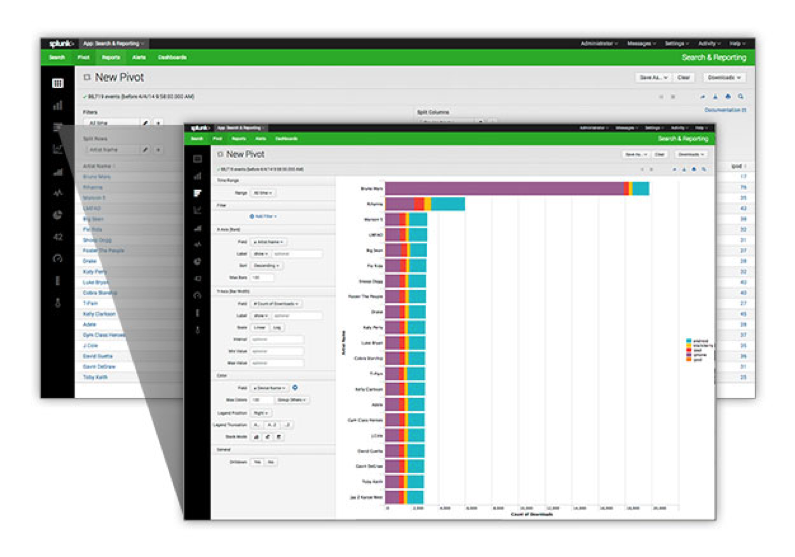Data Model Acceleration Enforcement
We have seen a few customers run into the following "gotcha" regarding data model acceleration. Whether it be for temporary or permanent reasons, a user disables acceleration on a data model, which myesteriously is re-enabled after a restart. To counter this, a feature called Data Model Acceleration Enforcement allows administrators to lock acceleration. This feature is found under "Setting" > "Data Models." Here’s how it works:
Through the user interface:
I will be using one of the default...





